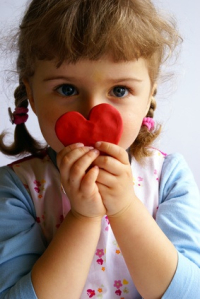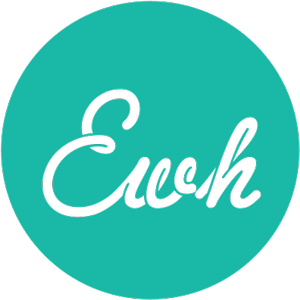
Child-Centeredness
 The third word in Jane Yolen’s list of “Ten Words Every Picture Book Author Should Know” is Child-Centeredness.
The third word in Jane Yolen’s list of “Ten Words Every Picture Book Author Should Know” is Child-Centeredness.
I’ve written about this in previous blog posts, but it bears repeating: the heroes, or protagonists, of children’s books must be characters that young readers can identify with and relate to. Jane takes this notion one step further. She says that children’s books must have “emotional resonance” for young readers, and adds that the way to achieve this is by focusing on “The Three F’s,” or thee key areas of concern for children, which are:
1) Family
2) Friendship
3) Frustration
Most – if not all – children’s books have at their heart one of these elements, giving the book that essential child-centeredness with which the young reader can relate to, and be drawn in by, the story. Some have more than one, others a combination of all three.
Here’s one dictionary definition of child centeredness:
“Designed to promote a child’s personal qualities rather than to provide training or information. Humane – marked or motivated by concern with the alleviation of suffering.”
This, I think, ties in well with what Jane is getting at when she talks about writing with emotional resonance. Writing children’s books well requires more than just writing skill. It requires compassion for children, and a keen understanding of the frustrations, challenges and concerns they face on a daily basis in the struggle to grow up. Our work needn’t be steeped in pathos – in fact, kids usually prefer humor – but we also shouldn’t get preachy or didactic or try to educate or problem-solve. We need only maintain a compassionate heart and a child-like sensibility, something perhaps best achieved by remembering what it was like to be a child ourselves.
